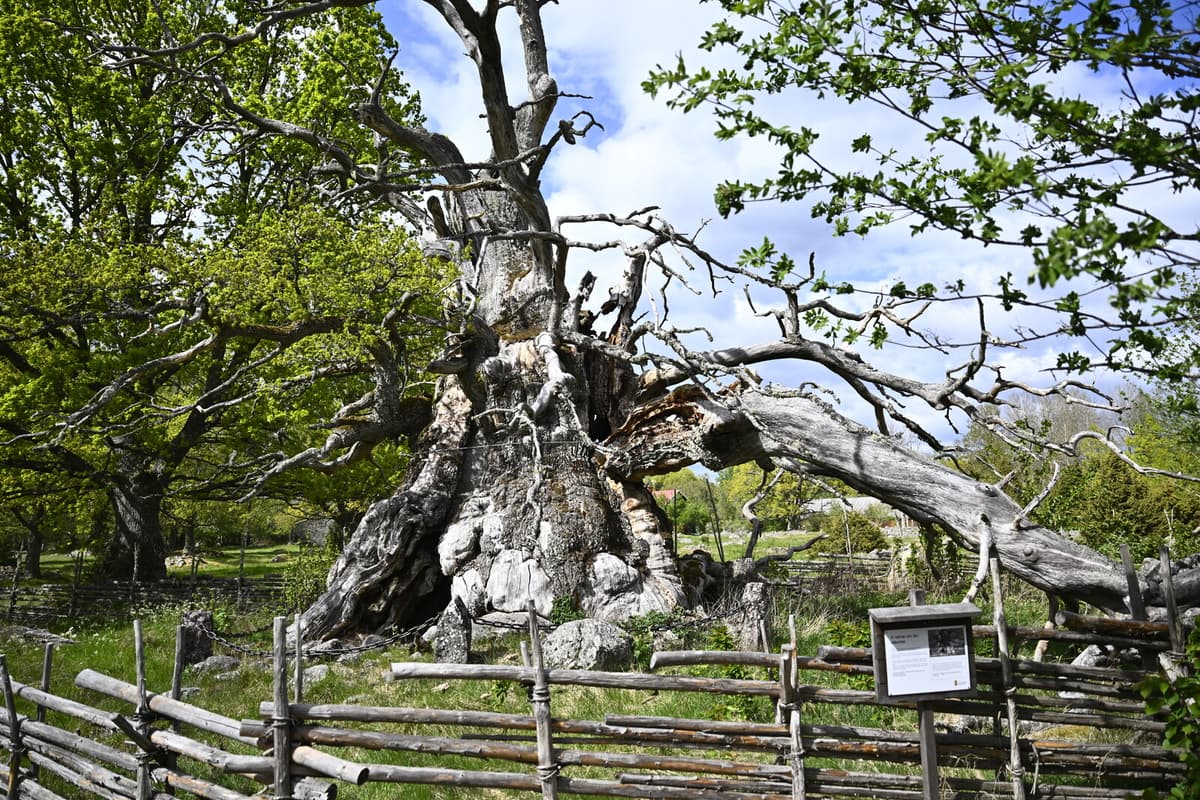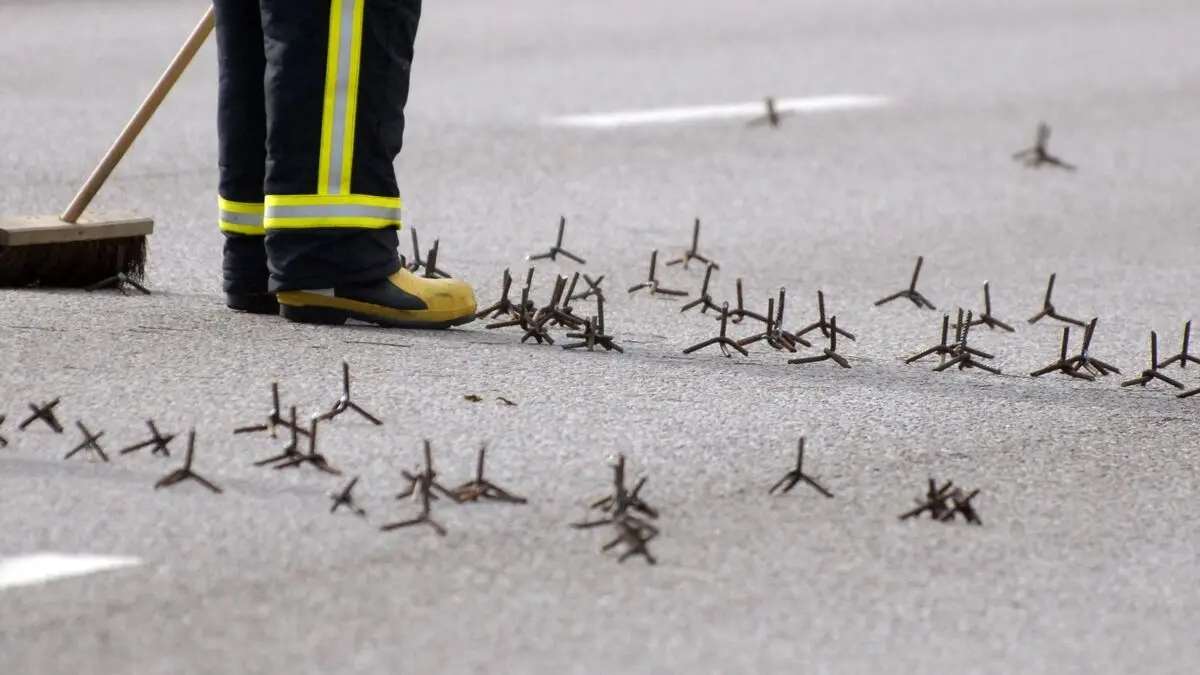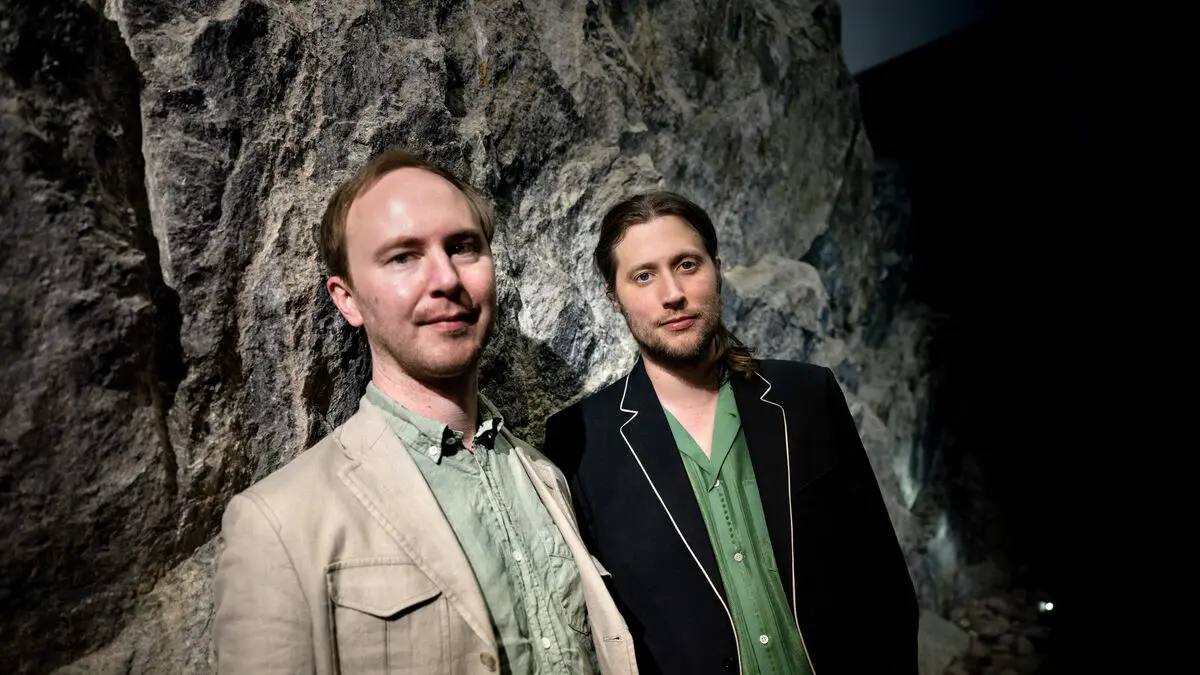Eklöven is still moving in the wind on Kvilleken, as it has done since the beginning of Sweden. For 850 years, plus-minus 150 years, it has lived and thrived in the Småland landscape.
I think many people might think that if trees could talk, they would certainly have a lot to tell us about different times, says Jerry Svensson, reserve manager at the County Administrative Board in Kalmar County.
He remembers visiting the tree as a child in the 1980s, with his parents and on school trips.
Then it was more of a cool tree that you could climb in and run through with the hollows. But with age, you have understood the point of this tree.
The point is that it is perhaps the country's oldest tree of its kind, and the thickest oak with a circumference of over 14 meters. It attracts up to 25,000 visitors every year, more than the nearby national park Norra Kvill.
Unstable health
But the tree is on its way to dying. Already 13 years ago, ecologist Vikki Bengtsson understood that something was not right. She is an expert in the care of specially protected trees and during the visit, she noted that the crown was in a shockingly poor condition.
The quality had decreased incredibly, since I last saw it, which was maybe 2007, she says.
She convened an international research group and in 2013, the nine experts visited the tree for a thorough analysis.
The oak showed several problems. The main one was an iron band that was struck around the tree in the 1960s to stabilize it. A neighbor had already suspected in 2005 that it was damaging the tree and simply removed it. But a new one was quickly put up, which rather worsened the situation.
It had started to strangle the tree, says Bengtsson.
The tree was also attacked by the oak leafroller larva, which ate up the leaves, the fungal infection powdery mildew, which worsened the health, and the tree did not draw enough nutrients from the soil - most of the fine roots had died.
We all actually felt that it was too late, that the tree had already become much worse. You would have wanted to take action earlier. We were a bit sad, actually, because what we did felt like artificial respiration, says Vikki Bengtsson.
Despite the problems, it was decided that everything would be done to save the oak. The iron band was replaced by a kind of suspension system, with the hope that the growth layer underneath would recover.
The other thing that was almost as important was information to the public, to keep people away from the tree. Because many climbed in it and damaged the sensitive bark. So an important part of the action plan was to put up a new fence, she says.
The surrounding soil was also covered with a mulch layer of leaf litter.
The idea was that it would provide nutrients when it decomposed down to the fine roots, which one hoped would kick in and grow in strength, and in turn draw up more nutrients into the crown, says Jerry Svensson.
For two years, the leaves were sprayed with an algae extract.
One thought that this algae extract - which is also used on fruit trees - would give stronger and more extensive leaves.
Next attempt: Cloning
But the rescue attempts were in vain. In 2015, the top died. Over the next two years, the lower branches also began to die. In 2017, the County Administrative Board announced that the tree could not be saved, a message that was met with black headlines.
Instead, the focus was on cloning the tree. Around 50 small twigs were taken from the oak in 2017 and grafted onto borrowed root systems with the help of the research institute Skogfors. Twelve have survived, of which Skogfors has kept one.
It's doing well. It's growing. We're going to plant it out soon, we thought. Then we'll always have a copy in reserve, says grafting expert Eva Persson.
The County Administrative Board wants to plant one of the clones near Kvilleken, so that it can continue to live on in its original environment.
The grafts are genetically identical to the oak above ground, but the root system belongs to another oak. In a second step, to get a genetic copy of the entire Kvilleken, another researcher has set root grafts in a nutrient solution, with the hope that they will become their own tree seedlings.
But we're not there yet. It seems to be even more difficult, says Jerry Svensson.
"Sad that it's falling asleep"
Despite the fact that nine years have passed since the oak received its death sentence, the tree itself is still alive. A stubborn branch on one side is filled with leaves. Last year, it even got acorns.
Even though large parts of the tree have died, there is still vitality in it, says Vikki Bengtsson, who does not dare to speculate on how long it will last.
It has already lived longer than we maybe thought. I think that's great.
More or less daily, local journalists call Jerry Svensson in the spring to ask if the branch will also sprout this year.
I feel that it's sad that it's slowly falling asleep. At the same time, I feel a gratitude for every year I get to see it alive.
Kvilleken, or Rumskullaeken, near Rumskulla outside Vimmerby, is Sweden's thickest with a circumference of 14 meters and a popular tourist destination.
In 2014, the age was estimated to be 850 years, with a margin of error of 150 years. The oak can thus be over a thousand years old.
In 1774, it was described how local farmers used the hollow trunk as a tool shed and in 1928 it was declared a natural monument.
The tree began to show signs of poor health in 2012 and has since become significantly worse, despite several efforts.
Sources: County Administrative Board Kalmar County, Report "Kvilleken - assessment and management recommendations"






